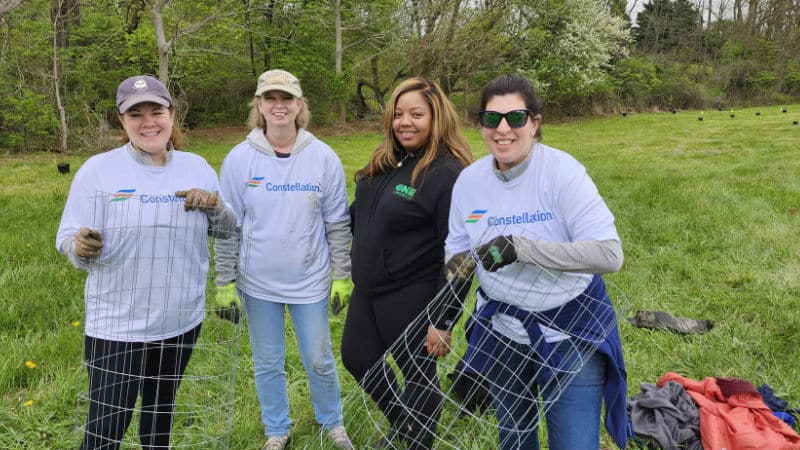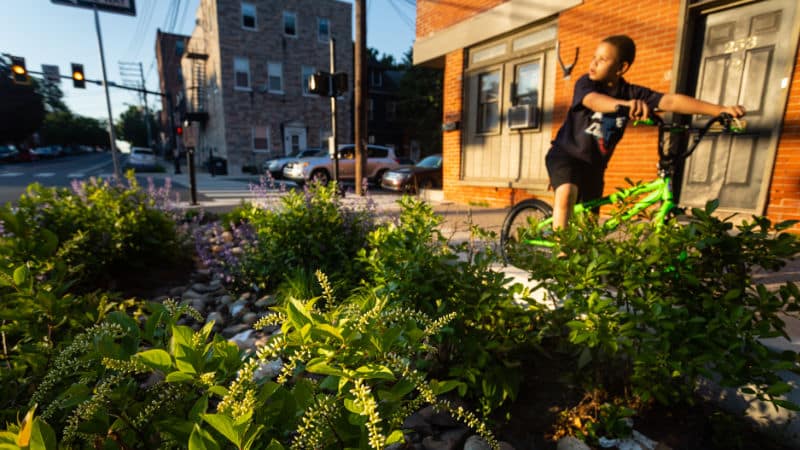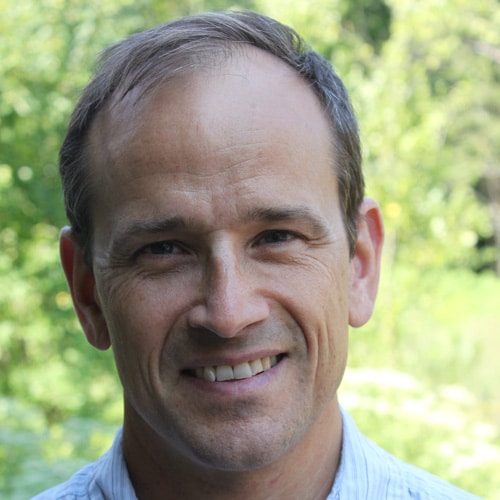The Watershed Restoration Group engages the public in freshwater stewardship and watershed restoration by helping landowners implement best management practices and plant streamside forest buffers. We link research, education, and action on the ground to manage our most precious resource — fresh water.
Watershed Restoration Staff
Watershed Restoration News

Employment Opportunity: Soil Health Project Coordinator
The Coordinator will manage landowner relations and no-till and cover crop implementation on agricultural lands in northern Virginia.

Heat Waves in the Water
Have you ever wondered about extreme weather's immediate and long-term effects on our streams and rivers and its impacts on aquatic life?

Building Trust to Boost the Bay
Stroud Center’s watershed restoration team knows that gaining farmers’ trust and emphasizing improvements in their local streams is an important part of the work.

Pa. Ag Secretary Meets With Scientists and Farmer About New Research Funding
Stroud Water Research Center highlights research supporting the future of farming and clean water in Pennsylvania.

Earth Week Volunteers Help Restore Red Clay Creek
Thanks to the volunteers from Constellation Energy, Dansko, LINKBANK, Resolution Life, Charter School of Wilmington, and the community who made the day a success!

Don’t Let the Rain Run Away
Polluted runoff is a threat to clean water. Learn how rain gardens can protect clean fresh water by reducing flooding and water use.









